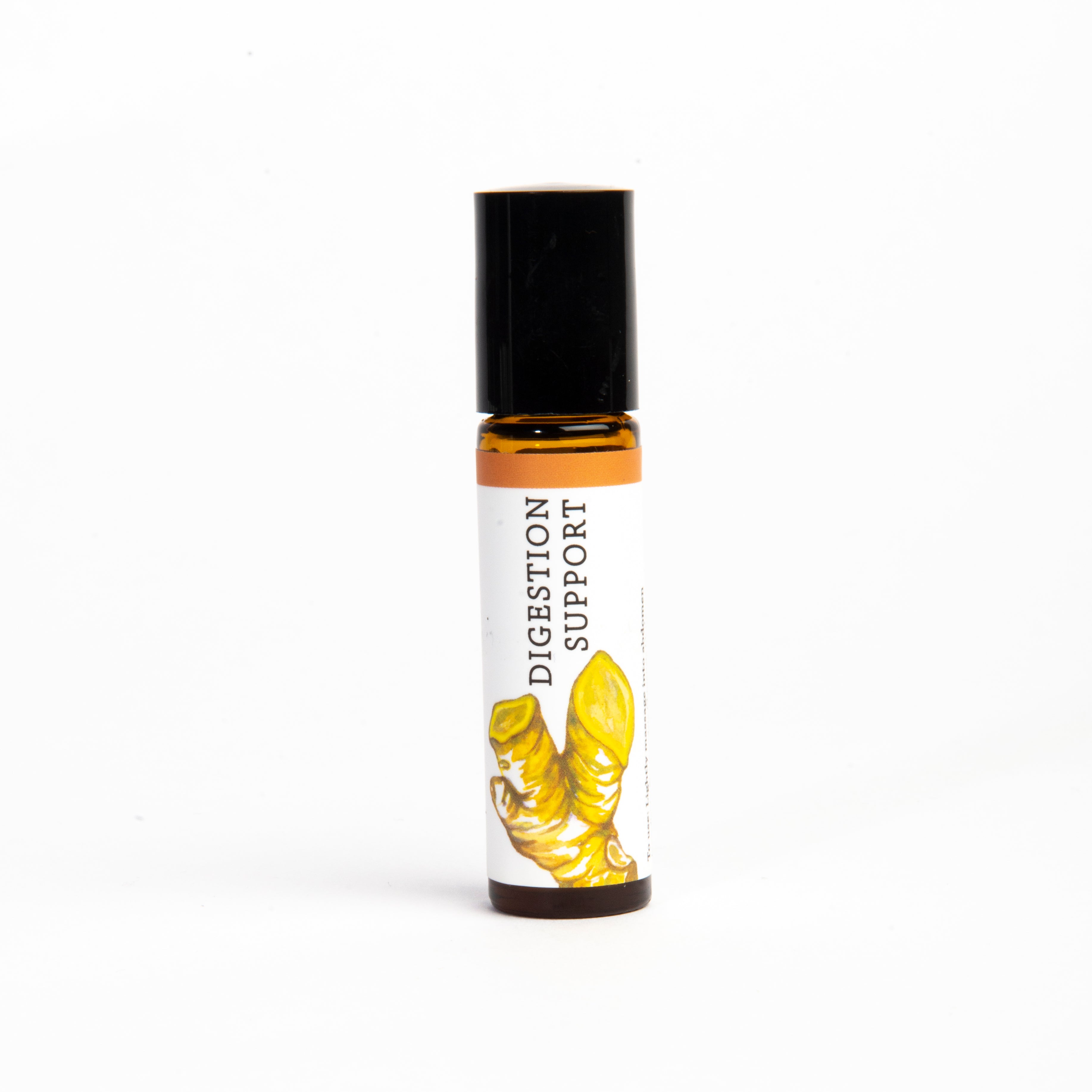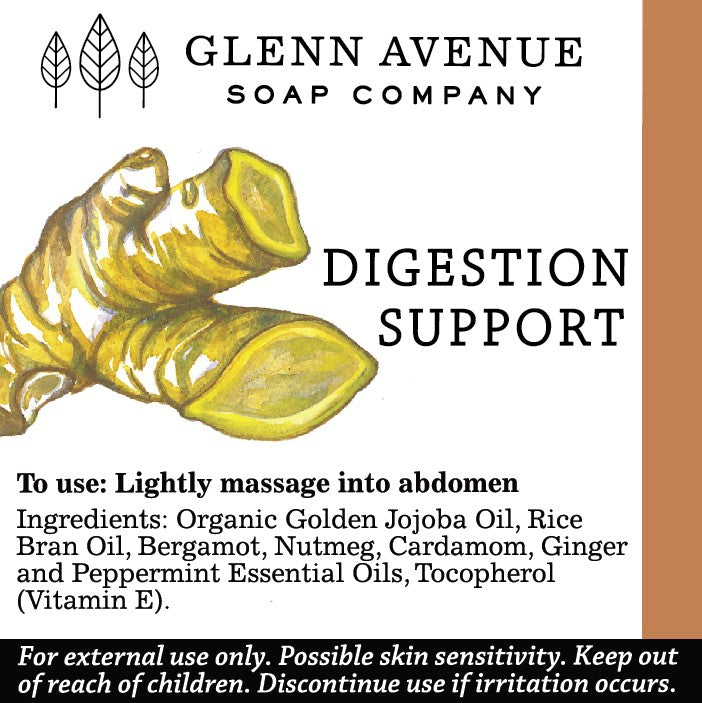How do essential oils work?
Essential oils have been used for thousands of years for their therapeutic properties. They work in two main ways:
- Through inhalation – Aromatic molecules travel through the nose, triggering reactions in the brain.
- Through the skin – Their tiny molecules absorb into the body and can be detected in perspiration, urine, and breath.
Different oils have different effects—some are calming, others anti-inflammatory, and some even boost immunity.
What is the difference between fragrance oils, essential oils, and all-natural fragrances?
- Essential Oils – Pure plant extracts obtained via steam distillation or cold pressing.
- All-Natural Fragrances – A mix of essential oils and natural ingredients. These are the only types we use.
- Fragrance Oils (Perfumes) – Can include essential oils, natural fragrances, and artificial aroma chemicals. Many brands use artificial fragrances to cut costs, but their full ingredient lists are often hidden.
Why do essential oil prices vary so much?
The price of essential oils depends on factors like plant yield, transportation costs, and growing conditions. Some plants require significantly more raw material to produce oil—for example, 1 lb. of Lavender Oil requires 1,000 lbs. of lavender, whereas 1 lb. of Rose Oil requires 600 TONS of roses!
Are your essential oils “therapeutic grade”?
"Therapeutic grade" is simply a marketing term—there is no third-party certification for essential oils. However, essential oils can be Certified Organic if they meet independent verification standards.
We source essential oils from Lebermuth (many of our Certified Organic!), a trusted supplier with over a century of experience.
How many drops of essential oil should I use in my diffuser?
A good rule of thumb is 3-5 drops per 100ml of water, but always check your diffuser’s capacity.
Are essential oils safe to ingest?
No. Unless under the guidance of a licensed practitioner, essential oils should not be taken internally, as some compounds can be toxic when ingested.
Can I apply essential oils directly to my skin?
No, essential oils should always be diluted in a carrier oil before applying to the skin. They are highly concentrated and can cause irritation if used undiluted.
Can I use essential oils during pregnancy?
Some essential oils should be avoided during pregnancy and lactation, including:
- Anise, Anise (Star), Araucaria, Artemisia vestita, Birch (Sweet), Black seed, Buchu, Calamint (lesser), Carrot Seed, Cassia, Chaste tree, Cinnamon bark, [ please note that we use Cinnamon Leaf, not bark ] Costus, Cypress (Blue), Dill seed (Indian), Fennel (bitter), Fennel (sweet), Feverfew, Genipi, Hibawood, Ho leaf, Hyssop, Lanyana, Lavender (Spanish) [ please note that we use Bulgarian Lavender or 40/42 Lavender sourced from USA ] Mugwort, Myrrh, Myrtle, Oregano, Parsely Leaf, Parsleyseed, Pennyroyal, Rue, Sage (Dalmation), Sage (Spanish), Savin, Tansy, Thuja, Western red cedar, Wintergreen, Wormwood, Yarrow, Zedoary
Others should be used in limited amounts. (We include Maximum dermal dose recommendation after each essential oil:
- Basil (lemon) 1.4%, Boswellia papyrifera 1.7%, Champaca (orange) absolute 17.5%, Lemon balm (Australian) 3.4%, Lemon leaf 1.2%, Lemongrass 0.7%, May chang 0.8%, Melissa 0.9%, Myrtle (honey) 0.9%, Myrtle (lemon) 0.7%, Nasturium absolute 0.26%, Tea Tree (lemon-scented) 0.8%, Thyme (lemon) 3.7%, Verbena (lemon) 0.9%
Always consult a healthcare provider before using essential oils during pregnancy.
What does “dermal use limit” mean?
This is the maximum recommended percentage of an essential oil that can be applied to the skin. Our guidelines are based on Essential Oil Safety by Robert Tisserand & Rodney Young, the industry standard for safe use.
If you experience irritation, discontinue use immediately. If using prescription topical medications, apply essential oils to a separate area of skin.
Who supplies your essential oils?
We source our essential oils from Lebermuth, a company with over 100 years of expertise in high-quality essential oils.
For more information and recipes, check out our comprehensive Essential Oil Guide.




















